During the coldest chapter of the Ice Age, when average temperatures in parts of Europe hovered below freezing year-round, survival demanded more than keen hunting skills. It required ingenuity, strategy—and good clothing.
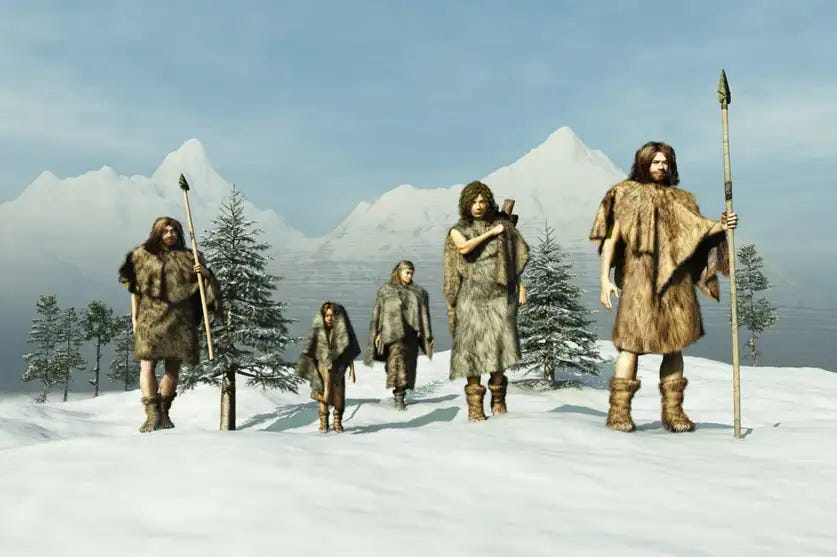
At the open-air site of Kammern-Grubgraben in Austria’s Lower Waldviertel, archaeologists have pieced1 together evidence suggesting that some Ice Age communities adapted to the brutal conditions not only by changing what they hunted but by prioritizing what they wore. Their focus? Reindeer, prized not just for meat but for their extraordinary winter pelts.
Life on the Edge of Survival
Located on a windswept terrace overlooking the Kamp River, Kammern-Grubgraben bears signs of intensive winter use between 24,000 and 20,000 years ago, during the heart of the Last Glacial Maximum. Excavations, first begun in the 1980s and renewed in the 2010s, unearthed an abundance of stone tools, personal ornaments—and a striking concentration of Rangifer tarandus (reindeer) remains.
Rather than a broad, opportunistic diet, the inhabitants showed a distinct preference for hunting reindeer almost exclusively. While mammoth bones dominated earlier nearby Gravettian sites such as Krems-Hundssteig, the faunal record at Kammern-Grubgraben tells a different story: one of specialization.
"The reindeer skulls at Kammern-Grubgraben, still bearing antlers, point to winter deaths before the seasonal shedding," explains Kerstin Pasda of Friedrich-Alexander-Universität Erlangen-Nürnberg, the study’s lead author.
Age analysis of the remains confirmed a targeted hunting pattern: calves and yearlings made up a large proportion of the reindeer assemblage, alongside prime-aged adults. Dental wear and cementum studies suggested that these hunts occurred exclusively during the cold months, from late autumn into deep winter.
Fur as a Lifeline
The researchers propose that these reindeer were not merely a source of calories. They were a critical resource for survival technology: winter hides.
Winter reindeer fur is uniquely adapted for insulation, with hollow hairs that trap heat and repel water—qualities that ethnographic studies show were highly valued among Arctic peoples.
"The fur of reindeer in winter is particularly valuable and convenient for the production of clothing for cold environments," Pasda notes.
Further strengthening this case is the remarkable number of eyed sewing needles found at the site—finely crafted tools capable of stitching tightly woven garments. The presence of such needles suggests a level of tailoring beyond simple draped skins, enabling fitted clothing that would have dramatically improved survival in sub-zero temperatures.
Rethinking Prehistoric Economy
The finds at Kammern-Grubgraben challenge a long-standing assumption: that Ice Age technologies were focused primarily on acquiring food. Instead, this site shows that clothing production, using targeted hunting strategies, may have been equally important.
Ian Gilligan of the University of Sydney, an expert on prehistoric clothing, who was not involved in the research, comments:
"This research illustrates a growing recognition among archaeologists that prehistoric technologies were often directed as much towards securing protection from the environment as towards procuring food."
Such adaptations likely made it possible for groups to stay year-round in colder regions previously considered too harsh for long-term occupation.
Threads Across Time
The shift toward tailored clothing echoes a broader evolutionary story. Humans spread into temperate and arctic environments only after developing sophisticated sewing technologies, a timeline that aligns with the appearance of eyed needles in the archaeological record.
Kammern-Grubgraben offers a glimpse into this pivotal adaptation—a moment when survival in a frozen world depended not only on what people hunted but how they clothed themselves afterward.
"The evidence from Kammern-Grubgraben reminds us that Ice Age innovation was as much about threads and fur as it was about spears and meat," Gilligan reflects.
As climate scientists warn of future environmental extremes, this Ice Age story of human resilience, ingenuity, and adaptation feels more timely than ever
Related Research & Suggested Reading:
Gilligan, I. (2010). The Prehistoric Development of Clothing: Archaeological Evidence and Biological Implications. Journal of Archaeological Method and Theory, 17(1), 15–80. https://doi.org/10.1007/s10816-009-9076-x
Hoffecker, J. F. (2002). Desolate Landscapes: Ice-Age Settlement in Eastern Europe. Rutgers University Press. https://doi.org/10.2307/j.ctv1n6zqg9
Soffer, O., Adovasio, J. M., & Hyland, D. C. (2000). The “Venus” Figurines: Textiles, Basketry, Gender, and Status in the Upper Paleolithic. Current Anthropology, 41(4), 511–537. https://doi.org/10.1086/317382
Reiss, L., Mayr, C., Pfeifer, S. J., Pasda, K., & Maier, A. (2025). Palaeoenvironmental Context of Upper Paleolithic Occupations in Central Europe During the Last Glacial Maximum. Journal of Paleolithic Archaeology, 8(1). https://doi.org/10.1007/s41982-025-00215-4
Pasda, K., Mayr, C., Pfeifer, S. J., Reiss, L., Einwögerer, T., Händel, M., Buchinger, N., Schwab, W., & Maier, A. (2025). Ice age apparel—changing prey patterns towards the Last Glacial Maximum and the role of reindeer fur for clothing at Kammern-Grubgraben. Journal of Paleolithic Archaeology, 8(1). https://doi.org/10.1007/s41982-025-00216-3




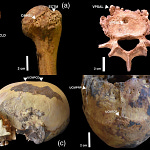


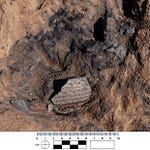
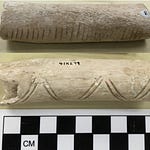
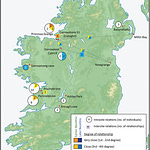
Share this post